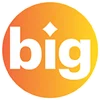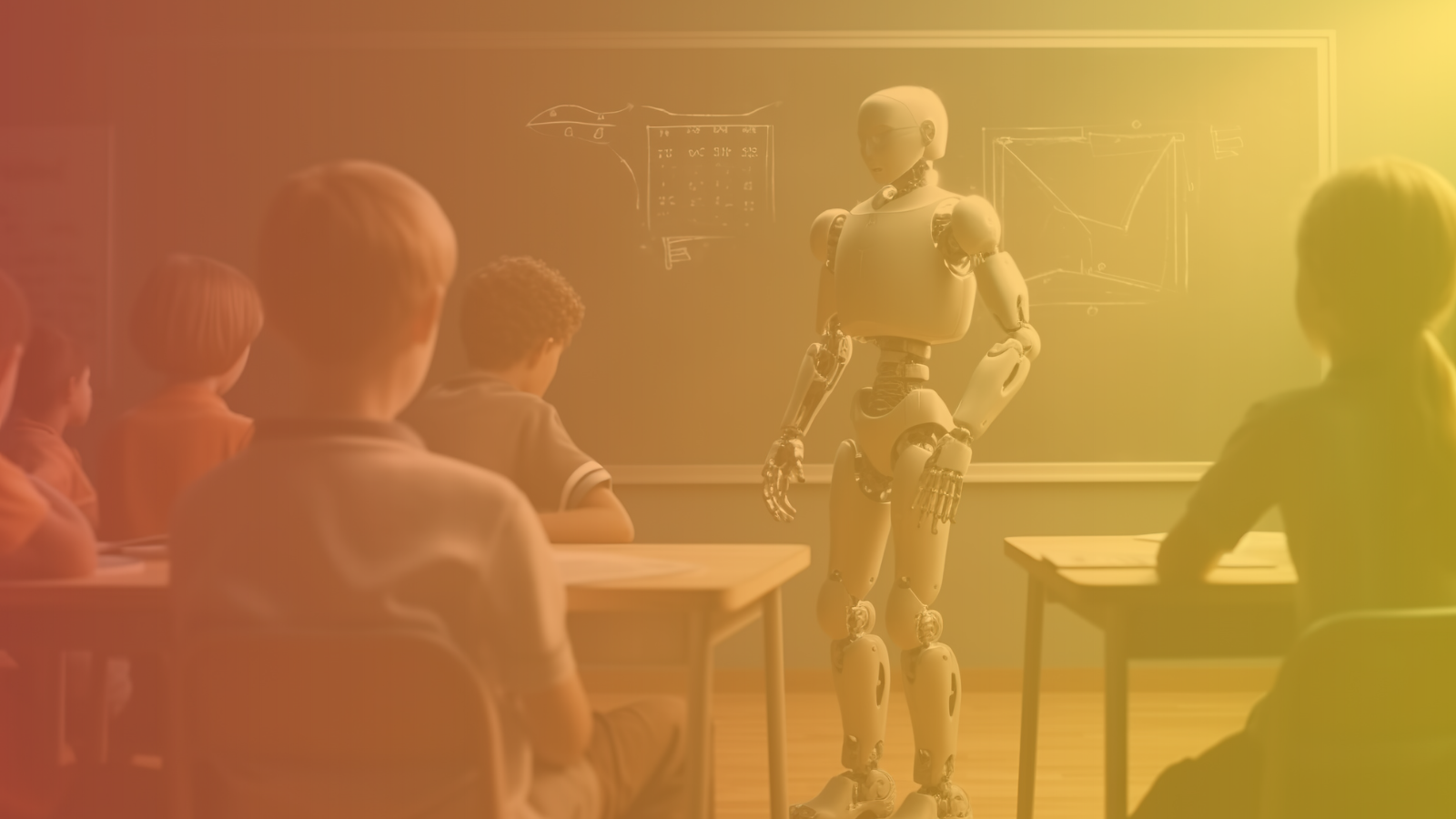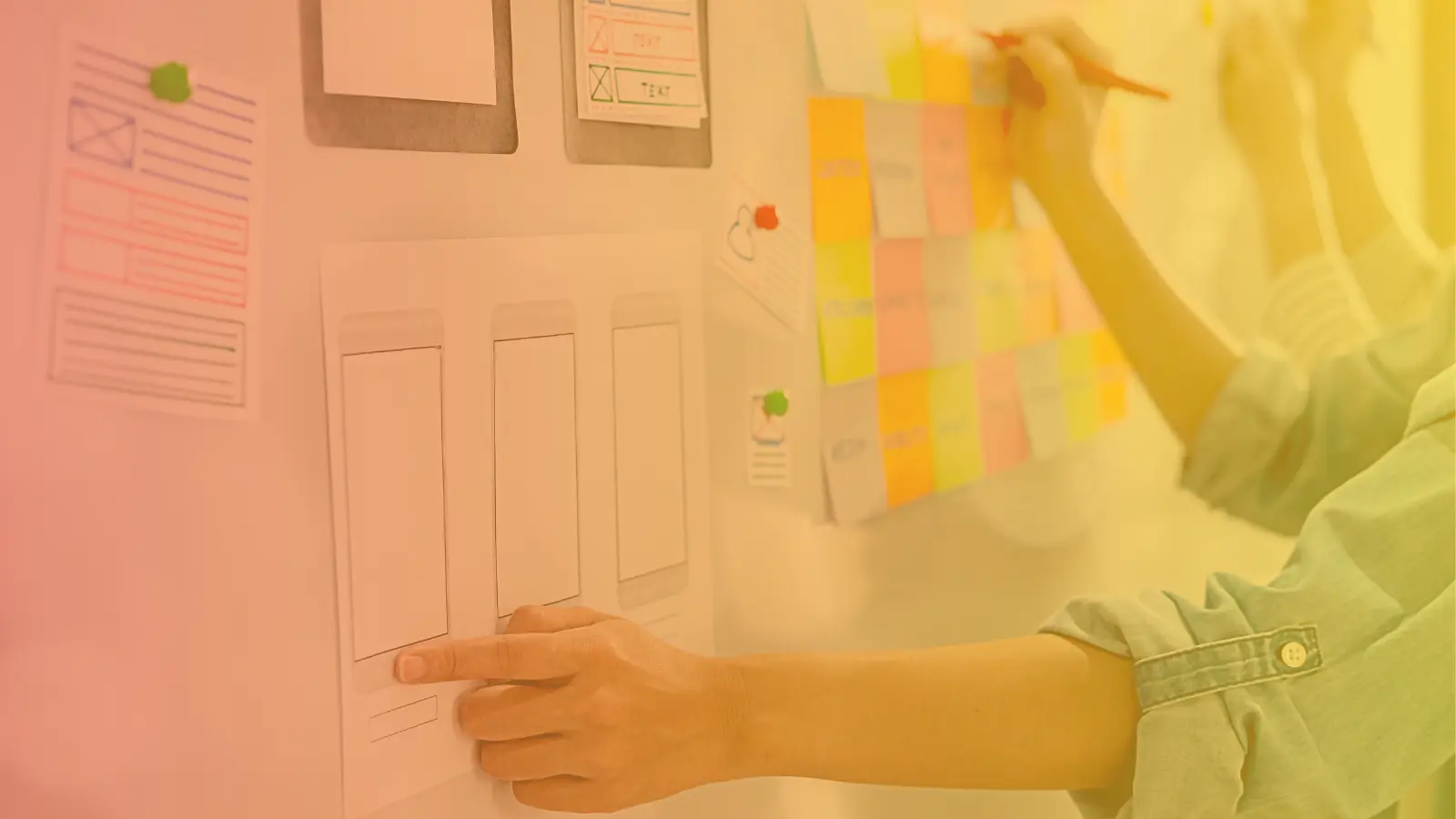An efficient hiring process can establish a competitive advantage.
The orthodoxy in hiring is that employees want the jobs employers offer and thus must endure an obnoxious onboarding process because employers have the power. The aging out of Baby Boomers and the shortage of skilled workers reverses this paradigm.
Today, employees are in control because their skills are critical in a world filled with supply chain delays, the adoption of new technologies, and changing customer purchasing patterns due to inflation.
As a CHRO asked our firm,
“I know design thinking help, what tools do you suggest?”
Empathy is incredibly valuable in the hiring process
Empathy, the ability to share a lived experience from another’s perspective, is the key mindset to shift from an employer-centric to a candidate-centric process. With this mindset in place, we deploy divergent thinking, gathering new information and the best human-centered tool for any process is the user journey map.
![[big] Hiring Process Blog_user journey map 1](https://5644297.fs1.hubspotusercontent-na1.net/hubfs/5644297/%5Bbig%5D%20Hiring%20Process%20Blog_user%20journey%20map%201.jpg)
Map out the candidate’s journey
Step one is defining the eight, not six, not ten, eight steps in the user’s journey. This stops your team from getting too far into the weeds on any one aspect of the journey. Step two is defining the endpoint, in this case, telling others about your awesome hiring process. This is critical because you’re defining your user’s end state, making them look good on LinkedIn, not your end state, which filling an open position. Step three is defining your user’s starting point, which is not when they log onto your site; it is when they realize it’s time for a new job. Emphasizing this step forces you to create a unique value proposition to stand out amongst all the options bombarding your candidates.
After sourcing and confirming these steps with your new hires, ask them to rank these steps as simply positive, negative, or neutral.
![[big] Hiring Process Blog_user journey map 2](https://5644297.fs1.hubspotusercontent-na1.net/hubfs/5644297/%5Bbig%5D%20Hiring%20Process%20Blog_user%20journey%20map%202.jpg)
Streamline the hiring process by identifying the positive and negative experiences
Quantitatively, if we give the positive experiences a “1” and negative experiences a “-1”, then our journey is net-net positive. However, looming over the entire journey is “the Wait.” We’ve all been there and here is where we can pull from our experience to build empathy for others. How can your organization increase transparency or communication to ease the user’s pain during a time of great vulnerability and uncertainty?
Unlike a high stock price, this competitive advantage is sustainable and will drive value to the organization through word-of-mouth advertising from your best employees and a candidate-centered hiring process.



